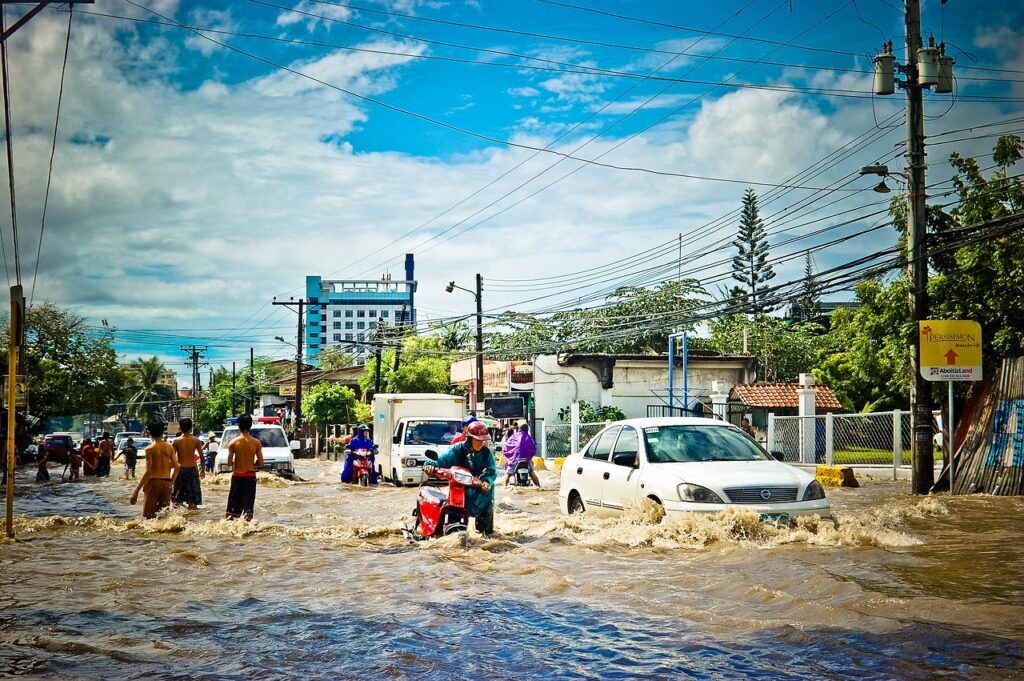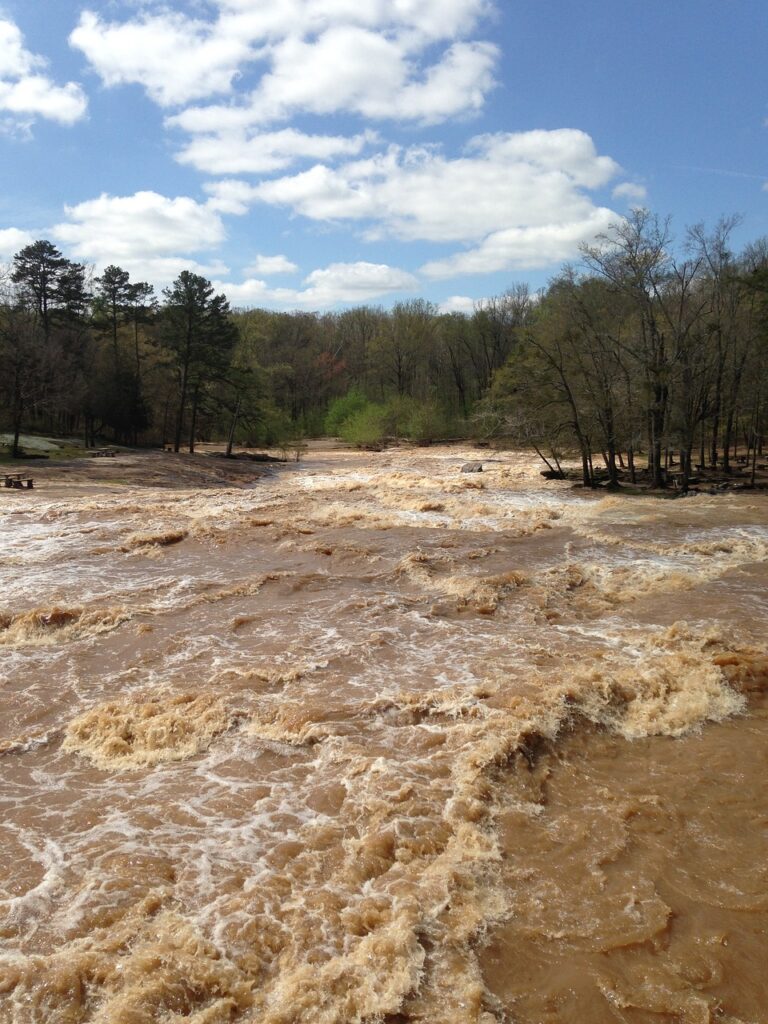Record Rainfall and Flooding Devastate UAE and Oman, Claiming at Least 18 Lives

The United Arab Emirates (UAE) and Oman experienced unprecedented rainfall and flooding this week, causing widespread disruptions and claiming at least 18 lives in Oman. The UAE recorded its heaviest rainfall on record, with Dubai receiving over 5.5 inches of rain in just 24 hours, surpassing the city’s average annual rainfall.
The Fungus's Gruesome Attack

Dubai International Airport, the world’s busiest for international travel, was severely impacted by the flooding. The airport halted arrivals on Tuesday night, and passengers struggled to reach terminals due to floodwaters on surrounding roads. The airport and Emirates airline advised travelers to avoid the airport unless absolutely necessary, as flight check-in remained suspended.
Paul Griffiths, the airport’s CEO, acknowledged the ongoing issues with flooding on Wednesday morning, stating that every available aircraft parking space was occupied. Some aircraft were diverted to Al Maktoum International Airport at Dubai World Central, the city-state’s second airfield.
“It remains an incredibly challenging time. In living memory, I don’t think anyone has ever seen conditions like it,” Griffiths told the state-owned talk radio station Dubai Eye. “We are in uncharted territory, but I can assure everyone we are working as hard as we possibly can to make sure our customers and staff are looked after.”
Widespread Disruptions Across the UAE
Schools across the UAE were closed ahead of the storm, and government employees were instructed to work remotely. Many roads and areas in the UAE lack proper drainage, leading to significant flooding. Authorities deployed tanker trucks to pump water from streets and highways, while some homes experienced flooding, forcing residents to bail out water.
In Ras al-Khaimah, the northernmost emirate of the UAE, a 70-year-old man died when his vehicle was swept away by floodwaters. Fujairah, on the eastern coast, received the heaviest rainfall, with 5.7 inches recorded on Tuesday.
The country’s hereditary rulers offered no overall damage or injury information for the nation, as some people slept in their flooded vehicles Tuesday night. Authorities canceled school and instituted remote work again for Wednesday.

Oman Hit Hard by Severe Weather

Neighboring Oman was also hit hard by the severe weather, with at least 18 people killed in recent days, including 10 schoolchildren swept away in a vehicle. The National Committee for Emergency Management in Oman reported the deaths and expressed condolences.
The storms swamped roadways and created dangerous conditions across the region, a normally arid part of the world that is unaccustomed to intense rain and flash flooding. The Arabian peninsular was hit by unprecedented rainfall and floods on Wednesday, shutting schools and grounding flights, with parts of the desert nation United Arab Emirates receiving 10 inches of rain in 24 hours.
In Oman, the severe weather led to the deaths of at least 18 people, including 10 schoolchildren who were swept away in a vehicle. The country’s National Committee for Emergency Management reported the tragic incident and offered condolences to the families of the victims.
Climate Change and Extreme Weather Events

While rain is unusual in the arid Arabian Peninsula, it does occur periodically during the cooler winter months. However, the intensity and scale of this week’s rainfall are unprecedented. Climatologists have warned that human-driven climate change is fueling more extreme and less predictable weather events worldwide.
It’s too soon to know whether global warming played a role in the recent storms, but studies have shown that a warmer atmosphere due to climate change can hold more moisture, which in turn can fuel more severe storms and intense rain.
As the region grapples with the aftermath of the record-breaking rainfall and flooding, authorities are working to restore normal operations and assess the full extent of the damage. The unprecedented nature of these events serves as a stark reminder of the potential impacts of climate change on even the most arid regions of the world.



